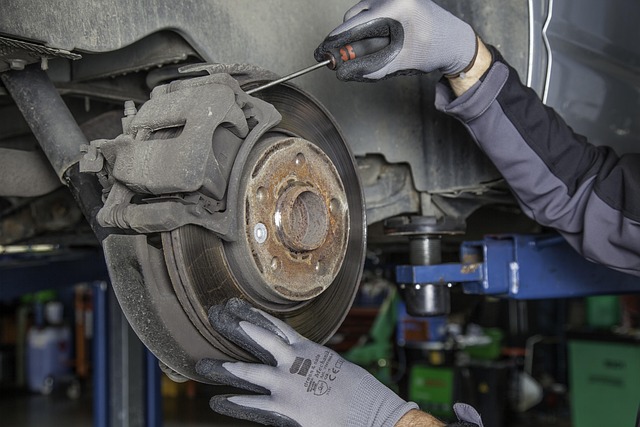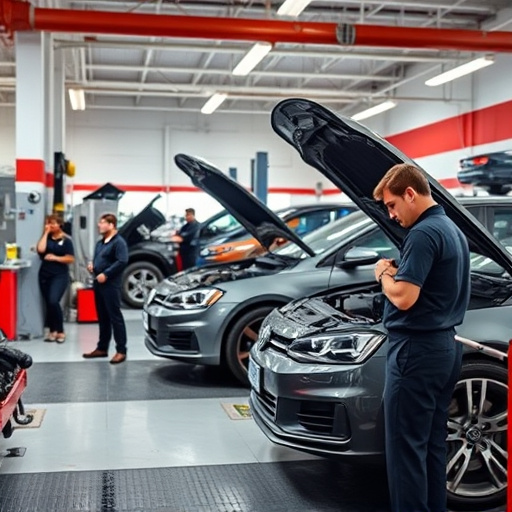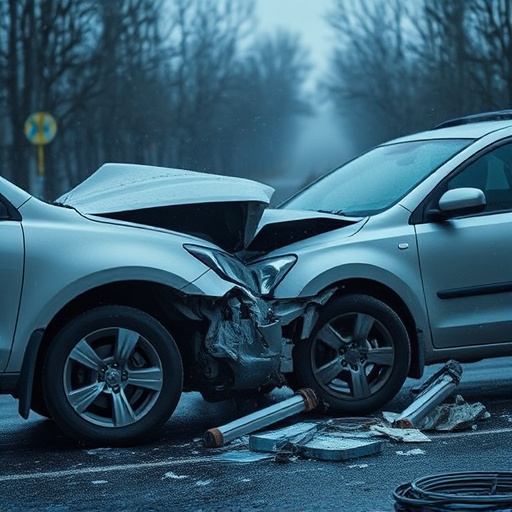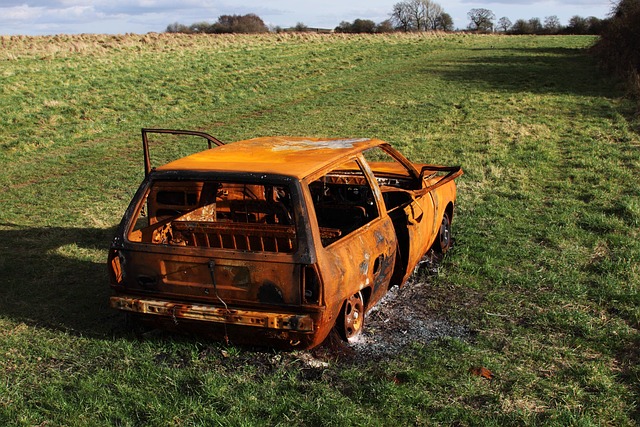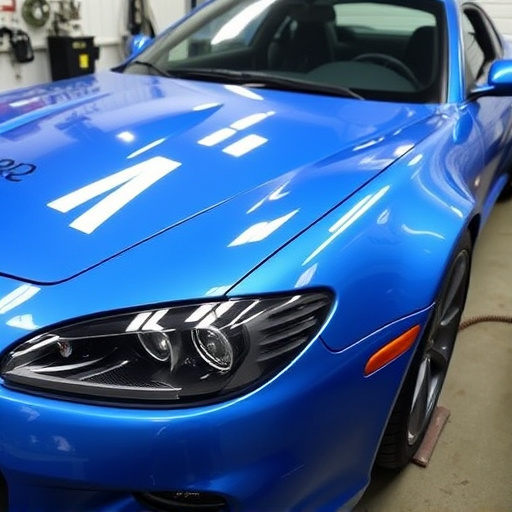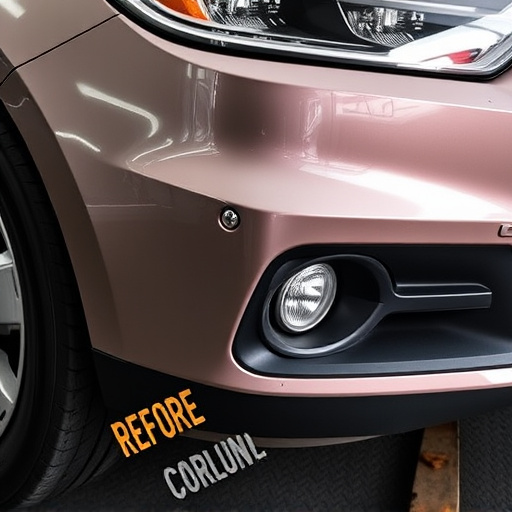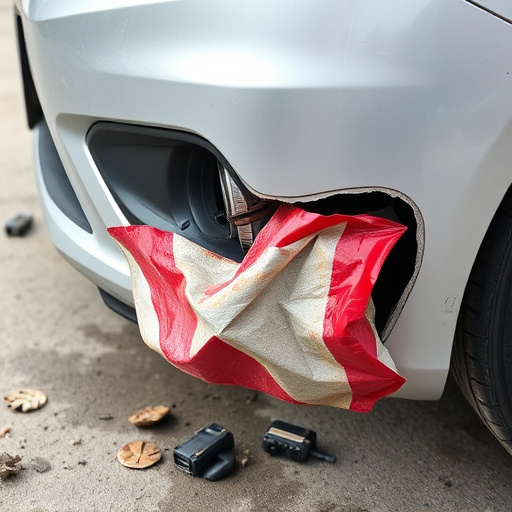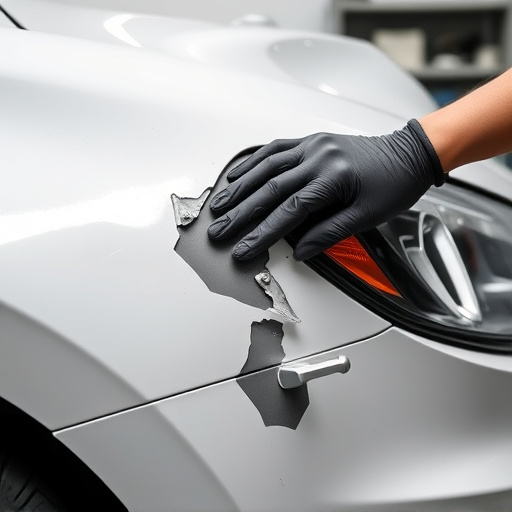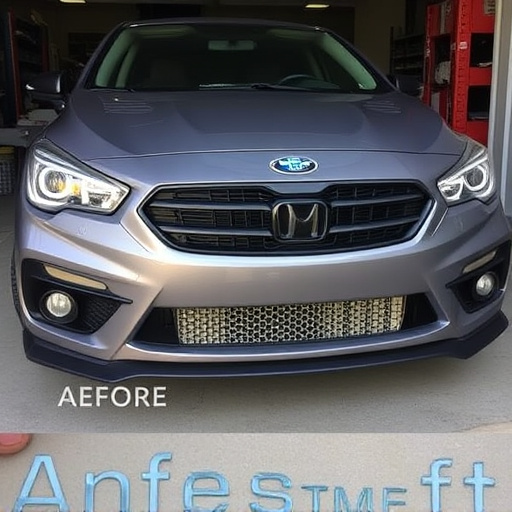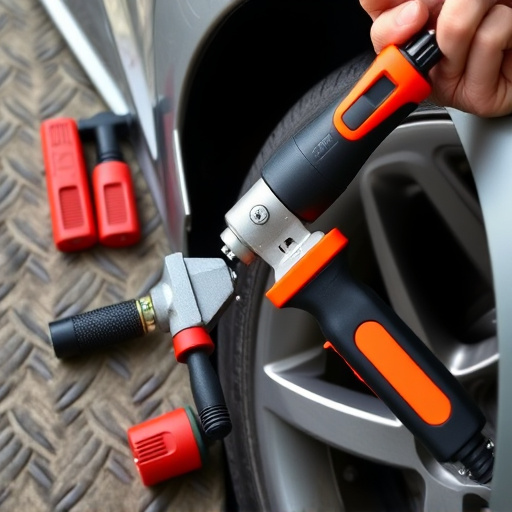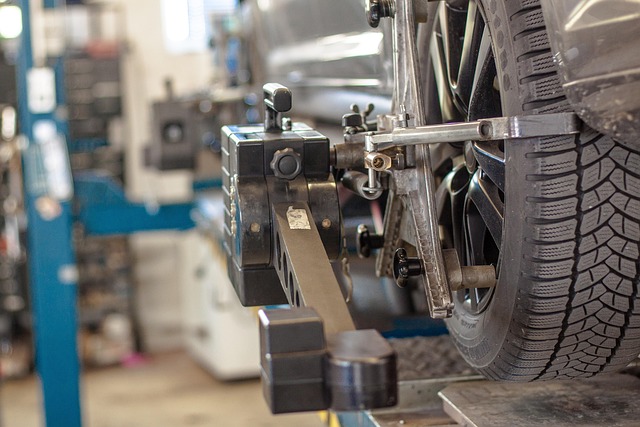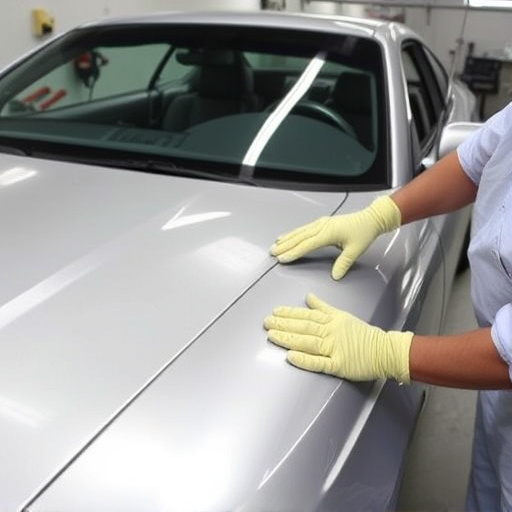Precision collision repair, leveraging advanced technology and skilled technicians, identifies and addresses invisible damage from collisions, enhancing structural integrity and safety features. This meticulous approach ensures historical accuracy in classic car restorations while adhering to contemporary safety standards, optimizing performance and fuel efficiency for long-term road safety.
In today’s world, road safety is paramount. Understanding and addressing the impact of collisions through precision collision repair isn’t just about aesthetics; it’s a critical step towards mitigating future safety risks. This article explores the profound effects of crashes, delves into the precise techniques used in restoration, and highlights the long-term benefits that ensure safer roads for all. By adopting precision collision repair, we’re not just fixing cars; we’re enhancing overall road security.
- Understanding the Impact of Collisions
- The Role of Precision in Safety Restoration
- Long-Term Benefits: Future Safety Assurance
Understanding the Impact of Collisions

Collisions, whether minor or significant, can have a profound impact on a vehicle’s structural integrity and safety features. When a car undergoes an accident, even if it appears to be relatively minor, the force involved can cause invisible damage to its frame, suspension systems, and other critical components. This hidden damage can lead to future safety risks, as these components play a vital role in protecting occupants during subsequent collisions.
Precision collision repair focuses on identifying and addressing all such issues meticulously. Skilled auto repair shops equipped with advanced technology use specialized tools and techniques to accurately assess and rectify even the subtlest deformities in car bodywork. By restoring a vehicle’s structural integrity through dent repair and other meticulous processes, precision collision repair ensures that the car behaves as designed during an impact, enhancing overall safety for everyone on the road.
The Role of Precision in Safety Restoration

The role of precision in safety restoration cannot be overstated. Precision collision repair goes beyond simply fixing dents and cracks; it ensures that every component of a vehicle is restored to its original specifications, maintaining optimal performance and safety features. When a vehicle undergoes a collision, even seemingly minor impacts can disrupt the delicate balance of safety systems, including airbags, brake mechanisms, and structural integrity. Skilled technicians in a modern collision repair center employ advanced tools and techniques to precisely realign and replace parts, ensuring that these critical systems function as effectively as they did before the incident.
This meticulous approach is especially vital for iconic classic car restoration projects. While the goal is to return vintage vehicles to their former glory, it’s not just about aesthetics. Restoring a classic car involves preserving its safety features, which might be different from modern models. Precision collision repair techniques allow restorers to maintain the historical accuracy and integrity of these vehicles while adhering to contemporary safety standards. By combining traditional craftsmanship with innovative technology, collision repair services for classic cars safeguard both their timeless beauty and their ability to protect drivers on the road.
Long-Term Benefits: Future Safety Assurance

Precision collision repair offers long-term benefits that extend far beyond the immediate fix. When a vehicle undergoes meticulous precision collision repair at an auto body shop or vehicle body shop, every effort is made to restore it to its pre-accident condition. This includes not just straightening bent panels and replacing damaged parts but also ensuring precise alignment and using advanced techniques like paintless dent repair to minimize repainting needs. The result? A vehicle that retains its structural integrity, safety features, and aesthetic appeal.
By prioritizing precision collision repair, drivers can be assured of future safety. Proper restoration prevents potential weaknesses in the body or misalignment of safety systems that could lead to increased risk during subsequent collisions. It’s akin to fixing a house with a strong foundation; a well-repaired vehicle is safer and more reliable on the road. Moreover, these repairs contribute to optimal performance and fuel efficiency, making it a wise investment for long-term peace of mind.
Precision collision repair isn’t just about restoring aesthetics; it’s a vital safety measure. By minimizing structural deviation and ensuring components are aligned accurately, precision techniques significantly reduce future safety risks. This approach guarantees that vehicles return to their optimal performance levels, providing drivers with enhanced peace of mind on the road. Investing in precision collision repair is, therefore, a proactive step towards safer driving experiences for everyone.
